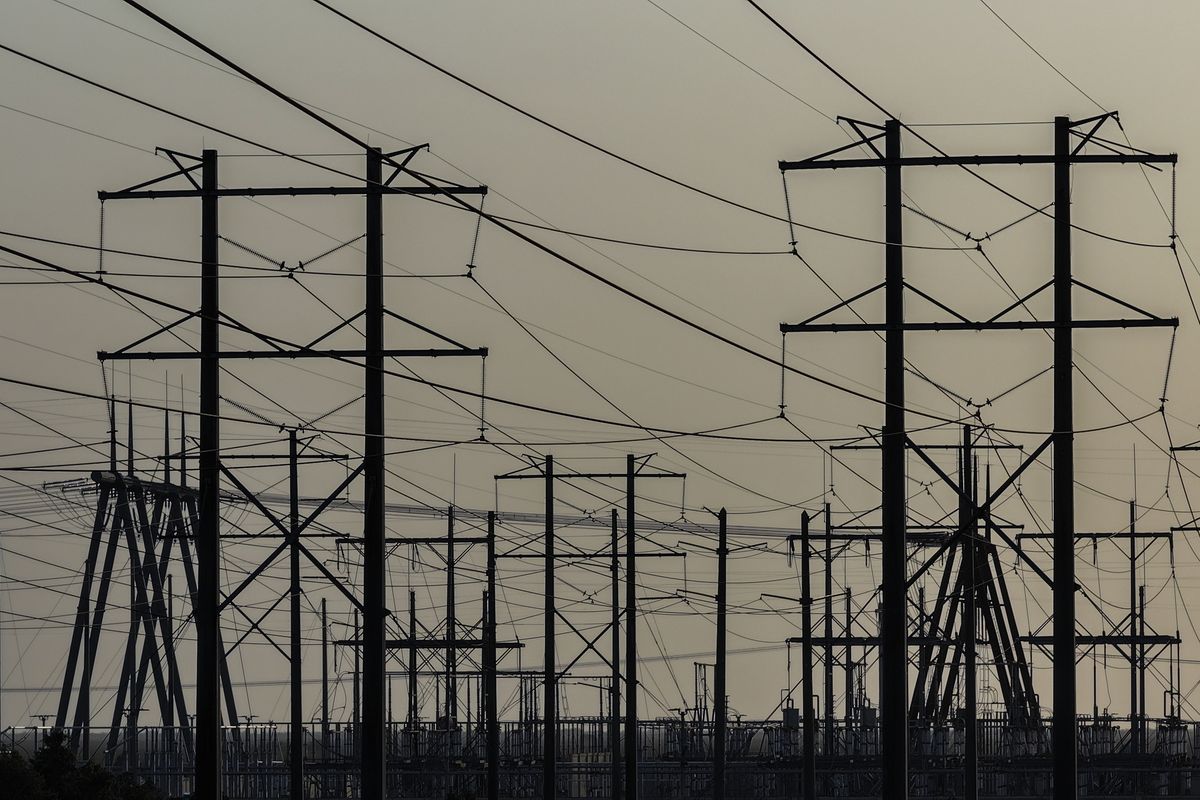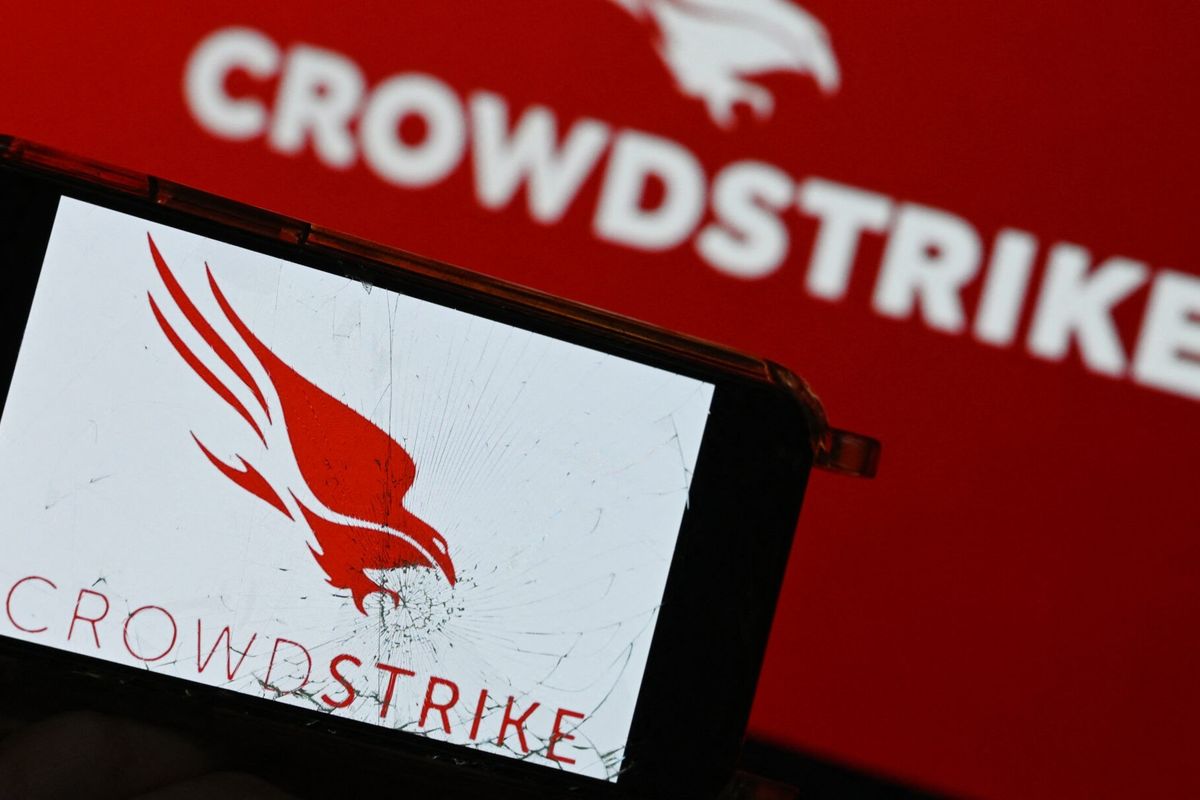The United States has no peer competitors in conventional military power. But its adversaries are increasingly turning to asymmetric methods for engaging in conflict. Cyber-enabled information warfare (CEIW) is a form of conflict to which the United States – and liberal democracies more generally – are particularly vulnerable.
Information warfare involves the deliberate use of information to confuse, mislead, and affect the choices and decisions that the adversary makes. Cyber-enabled information warfare (CEIW) takes advantage of the features of information technologies and the internet: high connectivity, low latency, high degrees of anonymity, insensitivity to distance and national borders, democratized access to publishing capabilities, and inexpensive production and consumption of information content.
These aspects of modern information technologies enable foreign practitioners of information warfare to use automated Twitter accounts to amplify one-sided messages, to communicate with large populations at low cost without accountability, and at the same time to tailor political messages in a manner highly customized to narrow audiences. And because democracies place a greater emphasis on free expression and speech than do their authoritarian adversaries, democracies have fewer and more porous defenses against CEIW.
CEIW is hostile, but it is not warfare in any sense recognized under the United Nations Charter or the laws of armed conflict. The process emphasizes soft power, leveraging propaganda, persuasion, culture, social forces, confusion, and deception. If the patron saint of traditional warfare is Clausewitz, the patron saint of CEIW is Sun Tzu, who once wrote, “The supreme art of war is to subdue the enemy without fighting.”
The target of CEIW is the adversary’s perceptions. The focus is on damaging knowledge, truth, and confidence, rather than physical or digital artifacts; the former reside in “brain-space” rather than physical space or cyberspace. It seeks to inject fear, anger, anxiety, uncertainty, and doubt into the adversary’s decision-making processes.
CEIW also seeks to influence individuals, organizations, news media, government agencies, political leadership and segments of society. Furthermore, these entities are not only military entities – there are no “noncombatants” that enjoy immunity from such attacks. The legitimacy of entities larger than ad hoc groups of individuals – government and other institutions that promote a larger societal cohesion (e.g., schools, news media) are particularly important targets of CEIW attacks.
The efficacy of CEIW depends on psychological factors in human beings, implicating the same psychology that underlies the transformation of neoclassical economics to behavioral economics – that is, cognitive and emotional biases in human beings.
Cognitive biases result from human use of intuitive reasoning strategies rather than analytical strategies. One of the most important intuitive reasoning strategies is heuristics, or reflexive problem solving, that substitute simple judgments for complex inferential tasks, resulting in cognitive biases that sometimes lead to erroneous conclusions.
For example:
- Fluency bias arises when the ease with which an individual processes information about an idea, object, or event fuels the expectation of being able to give a positive response to it. Simplistic and one-sided messaging takes advantage of the fluency bias.
- Confirmation bias is an individual’s preference for seeking and interpreting new information in ways that are consistent with their beliefs, attitudes, and decisions, and to steer away from inconsistent information. Media channels such as Fox News play to this bias for individuals with a right-of-center orientation, and similarly, MSNBC for those with a left-of-center orientation.
- Illusory truth bias is an individual‘s perception of greater truth for statements that are easier to process, for example, as the result of repetition. Those conducting CEIW thus often convey the same message repeatedly.
Such biases play out when important political points are made using 140 character Tweets that are unable to support nuance and complexity, when individuals find common ground with others through social media and demonize their political adversaries, and when political messages go viral in communities of like-minded individuals.
Emotional biases can be seen when an individual has an emotional investment in a particular point of view that prevents him or her from achieving the benefits of rational consideration. For example, individuals are uncomfortable with inconsistencies between their behavior and their beliefs or attitudes. They thus often avoid exposure to information that challenges their beliefs and seek information that bolsters their beliefs. People subject arguments that are favorable to their own position to a less rigorous and critical analysis compared to arguments that are unfavorable. Thus, an individual’s emotional stance towards a political candidate becomes more important than his or her view about that candidate’s policies or the facts known about the candidate. Information operations that stimulate the emergence of strong emotion, such as fear, ethnocentrism, and pride, are likely to make those targeted more resistant to factual information and less willing to engage in reflective rational consideration.
Cognitive and emotional biases are vulnerabilities in the cognitive armor of otherwise rational and analytical individuals, and designing CEIW to operate against these vulnerabilities enhances its effectiveness. For example, many practitioners of CEIW have realized that it is easier to destroy than to create – their goal is not to create a rationally coherent alternative worldview but rather to destroy the foundation for any coherent view at all. In such an environment, contradiction and inconsistency of messaging are not necessarily undesirable – indeed, to the extent that they leave listeners in confusion and unsure what to believe, contradiction and inconsistency directly serve the ends of the information warfare practitioner. Furthermore, when messaging does not need to be consistent, it can be rendered in extraordinary quantity at high speed, overwhelming attempts to process it rationally.
Through the operation of these psychological mechanisms, the information marketplace of ideas becomes a world in which fake news and automated Twitter-bots create echo chambers and filter bubbles.
Public interest in CEIW has been stimulated by recent reports of Russian interference in various elections in democratic countries for the last year. But the main consequence of such interference is almost certainly not that it impacted the outcome of the election one way or another. It is rather the political polarization that has resulted – and would have resulted regardless of which side won any of these elections.
Second, even if the democratic nations of the world are able to pursue some kind of information warfare campaign against non-democracies, such a campaign will not cause those nations to cease and desist their own information operations. There is no reason to suppose that cyber-enabled information warfare efforts against democratic nations of the world will cease any time soon. A logical if frightening extrapolation of current trends would suggest a future in which rage, fantasy, and bullshit replace reason and reality as the currencies of political discourse.
What can be done to forestall such a bleak outcome? Some approaches to counter CEIW show promise of having modest but valuable defensive effect. But on the whole, there are no good solutions today for large-scale countering of CEIW operations in free and democratic societies. Development of new tactics and responses is therefore needed.












